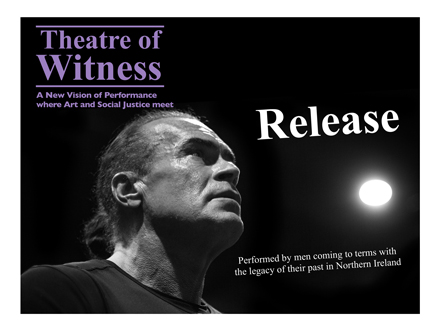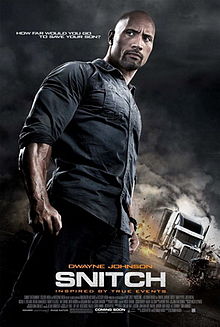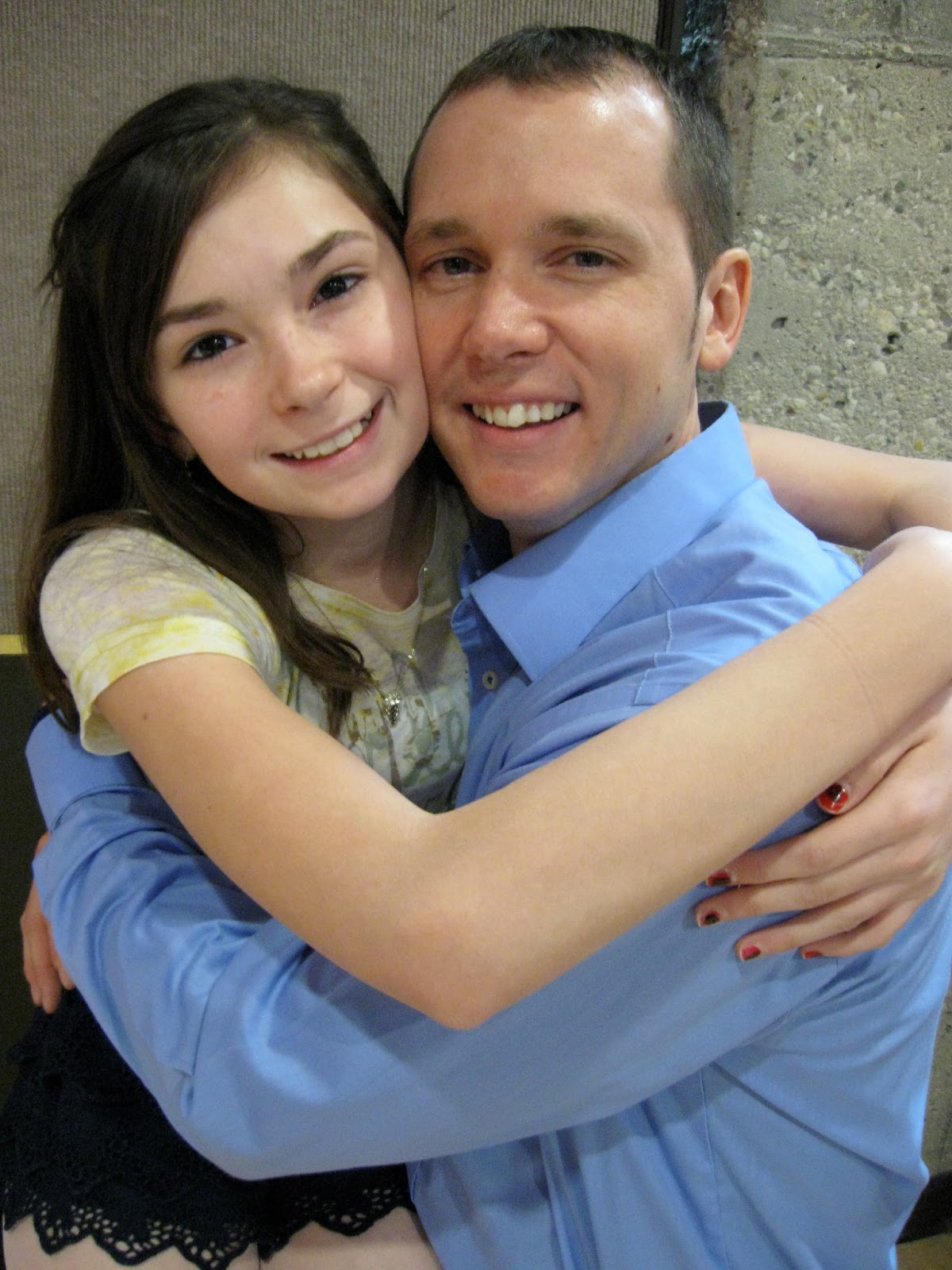
Dwayne Johnson is surprisingly good as a father who is estranged from his son (Rafi Gavron) and discovers that the naive kid agrees to accept a package of drugs for his best buddy who wants to sell them around school. The boy protests but he’s not strong enough to stand up for himself at this point, battered by a difficult divorce and furious at his father for abandoning him. But when the brown paper package arrives at his house, I found myself screaming at the screen, “Don’t open the package!” –that’s how believable the scene was. Of course he does, and of course the buddy has been set up. A chase, bedlam, the boy is caught and imprisoned and given a mandatory minimum sentence of years and years behind bars. Only the federal prosecutor can lower the sentence.
The two become close as the father (with the bland last name of “John Matthews” who could of course be “Everyman”) discovers that the only way he can get his son’s sentence reduced is to bring the prosecutor a high level drug dealer. She, of course, makes him go beyond what he promises and therein lies the excitement and terror of the story.
But the scenes between the father and his son who is being mistreated behind bars — beaten up for sure and God knows what else as it’s all implied- are what made me realize the depth of the snitch problem. Who wouldn’t do anything to save his kid? Who wouldn’t inform on friends or drive trucks across the border to get a break in draconian drug sentencing? The idea that you shouldn’t snitch is ingrained in the boy who refuses to rat out his friends but how can a father refuse?
For those who criticized casting directors for choosing Dwayne Johnson, I beg to disagree. I was surprised that he was so convincing. But it seemed pretty plausible to me that someone who looks and acts like The Rock would be about the only thing that could coerce a Mexican drug cartel into believing he was on the up and up.
Other actors are also fantastic in this film. Barry Pepper plays an enforcer working for the government who is the only one with a conscience. John Berenthal from The Walking Dead plays a former low-level drug dealer who is trying desperately to stay out of the game and gets caught up again because of money. If you were offered $20,000 in this day and age, what would you be willing to do, the film poses. He gets us into the grimy side of drug dealing and into the world of the kingpins where the wonderful Michael K Williams (The Wire) and interestingly-cast Benjamin Bratt (Law and Order) reign. The impossibly driven and mostly heartless Federal prosecutor played to perfection by the always-amazing Susan Sarandon. And Ravi Gafron as Matthews’s son Jason has the perfect innocence and childlike despair for the role.
See it and enjoy the action. Read my other blog about Snitch and the tragedy facing so many who make mistakes when they’re young and get incarceration rather than treatment. And then remember that “48.7%” of those who were convicted of a drug crime carrying a mandatory minimum receive 10 years or more.




.gif)

